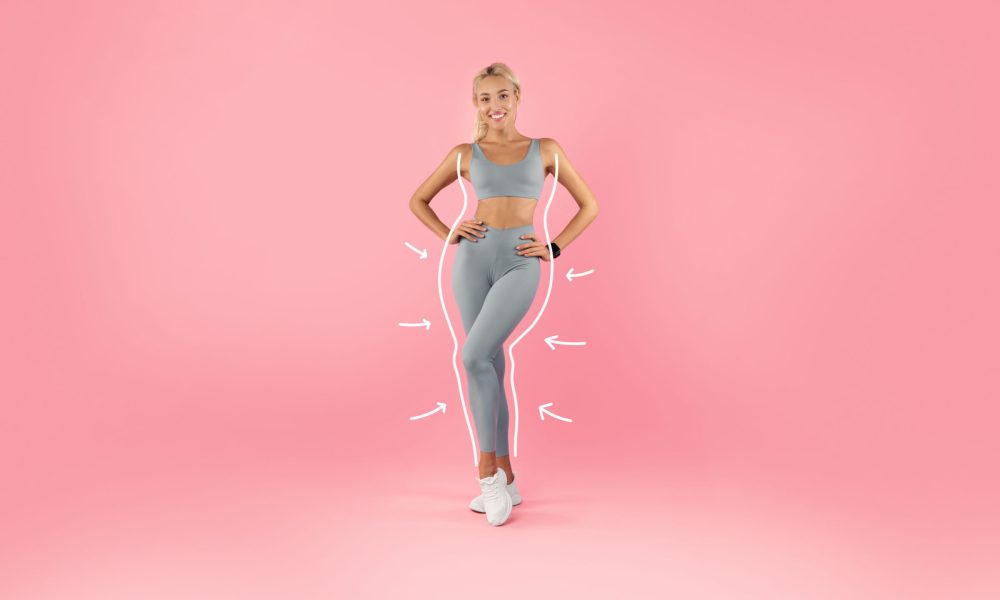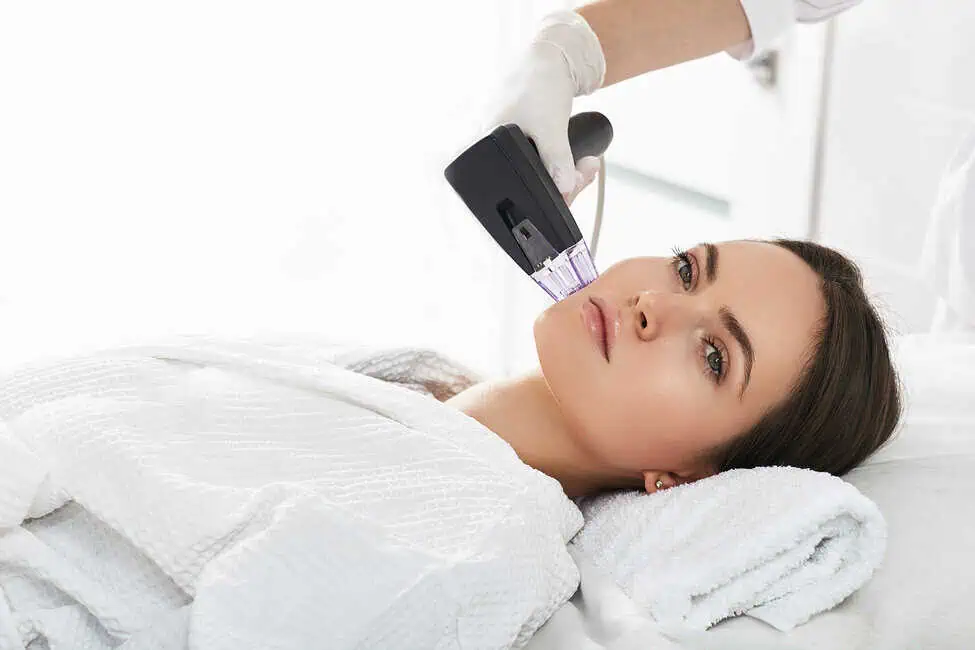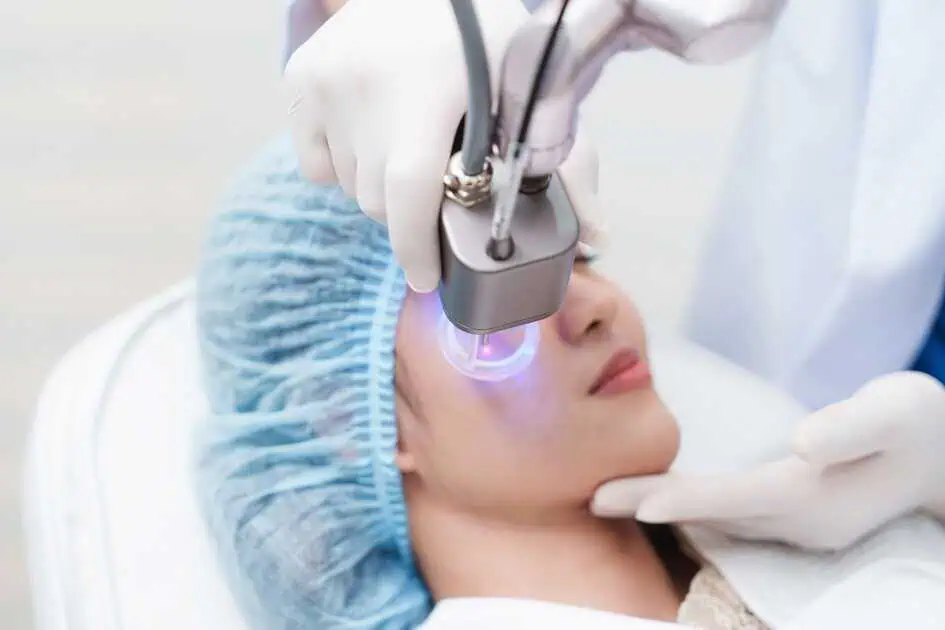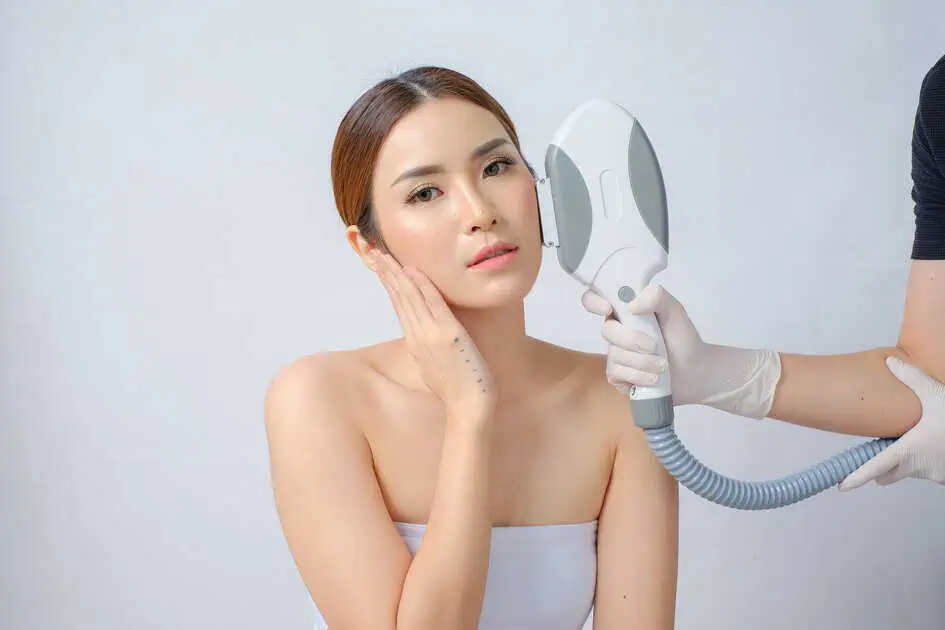Table of Contents
As a popular treatment, body contouring is today’s modern approach to effective body reshaping. Also called body sculpting, it can eliminate fat, shape areas of the body, and tighten skin. Lipolysis is a non-surgical option that uses methods that may involve cold, heat, lasers, and other techniques. On the other hand, surgical options may include lifts, tucks, and liposuction. Although it involves more risks and longer recovery, surgery usually provides more noticeable results.
Today, let us learn about body contouring, what it is, how it works, and if it can genuinely help eliminate unwanted body fat and cellulite. Read until the end and discover if this fat-reduction procedure can also work for you.
What is Body Contouring?
Also called body sculpting, body contouring is a medical or surgical procedure that aims to reshape an area of the body. It may involve procedures to:
- Eliminate excess fat.
- Get rid of extra skin.
- Reshape or contour the area.
In addition, this procedure does not usually help in weight loss. Instead, body contouring helps shape the body and address specific areas where weight loss isn’t practical or after significant weight loss results in extra skin.
Types of Body Contouring Options
Non-surgical body contouring is called lipolysis. There are several lipolysis methods:
- Cryolipolysis uses freezing temperatures to destroy fat cells.
- Laser lipolysis utilizes lasers to destroy fat cells.
- Radiofrequency lipolysis involves ultrasound waves and heat to target fat cells.
- Injection lipolysis puts deoxycholic acid into the body to target fat cells.
Remember that, sometimes, the results can vary. On the other hand, options for surgical body contouring include:
- Liposuction is a surgical procedure that suctions out fat deposits.
- Lifts and tucks are surgical body contouring procedures that remove excess fat and extra skin. Some examples are abdominoplasty or tummy tucks, rhytidectomy or face lifts, mastopexy or breast lifts, and double chin surgery.
Uses of Body Contouring
People choose to have body contouring to look thinner or attain a particular shape. It’s often used on specific body areas when diet and exercise aren’t as effective in making any difference.
Some surgical options can also help remove extra skin, making the skin look younger looking and much smoother. These procedures can aid those who have significantly gained excess skin after weight loss. This body contouring procedure can also improve skin that’s already loose, saggy, or wrinkled, naturally occurring as we age.
Furthermore, body contouring can target most areas of the body. Common sites include:
- Belly and flanks (love handles).
- Arms.
- Buttocks.
- Back.
- Thighs.
- Neck and chin.
Benefits of Body Contouring
What are the advantages of undergoing body contouring?
Many people who have body contouring report:
- More defined, well-shaped body parts.
- Younger, thinner appearance.
- Smoother skin.
- Symptomatic improvement.
Remember that results from surgical procedures are more noticeable and immediate than non-surgical options, which may take at least a few weeks or months before seeing noticeable differences.
Procedure Details
“What happens before my body contouring procedure?”
First, you’ll meet with a plastic surgeon. You’ll discuss the following:
- Any medications or supplements you currently take include vitamins and over-the-counter drugs.
- Use of alcohol, tobacco, or illegal drugs.
- Your dreams, goals, and aspirations for your body.
- Your family’s genetic background and medical history, including health conditions, allergies, and previous surgeries.
The healthcare professional will also:
- Discuss your options and make recommendations.
- Draw on the targeted area(s) using a marker or pen.
- Examine and measure the site (s) you want to change.
- Review the risks and options and discuss anesthesia and post-operative pain control if you consider surgery.
- Take pictures.
If you decide to move forward, you must sign a consent form. Signing in permits your healthcare provider to deliver and perform the body contouring procedure. Also, you agree that you understand the risks of the process and have realistic expectations.
Depending on what kind of body contouring you choose, the healthcare team may ask you to:
- Stop taking certain medications like aspirin, NSAIDs, and herbal supplements).
- Stop smoking.
- Receive blood work or undergo physical exams with your primary care provider.
“What happens during procedures like liposuction and other surgical body contouring?”
Most cosmetic surgeries occur in a surgeon’s office, surgical center, or hospital. The procedure can last 45 minutes to several hours, depending on what you’ve done.
For surgical procedures, the team may do the following steps:
- First, mark the sites pre-operatively.
- Next is to position you on a surgical table and do safety checks with nursing and anesthesia.
- Then, they will administer local or general anesthesia, depending on the procedure.
- Practitioners will next clean and prepare your skin in the surgical area.
- Making incisions or cuts in your skin is the next step. This step is based on the procedure(s) performed.
- Next, practitioners cut, reposition or shape tissue and excess fat to create the look you want.
- Then, the tightening of muscles during abdominoplasty is expected.
- Trim excess skin whenever necessary.
- Next, they will suction out excess fat using liposuction or other procedures.
- Finally, practitioners will close any incisions when the process is complete.
- As the final touch, they will apply bandages.
“What happens during non-surgical body contouring?”
Most body contouring procedures usually occur inside your doctor’s office or your healthcare provider’s clinic. One typical session takes about 30 to 60 minutes. The team may do the following steps:
- Provide you with a hospital gown or robe to wear.
- Make you sit and position yourself on a comfortable chair or table.
- Begin marking your skin using a pen or marker.
- Administer and inject a drug in the area where you want to reduce fat (for injection lipolysis).
- Utilize a tool (such as paddles or a wand) to deliver ultrasound waves, laser beams, cold or heat, depending on the type of lipolysis.
Moreover, most people need several additional treatment sessions to see results.
“What happens after my body contouring?”
Most patients go home the same day or even after receiving their surgical procedures. People who undergo surgery should have someone, a family member, or a close friend, drive them home and stay with them during the first night. In addition, they may have a thin tube near one or more incisions to drain fluid and prevent swelling.
Body Contouring Recovery Time and Outlook
“What is the recovery time after my body contouring procedure?”
The recovery from surgical options can take weeks to months, depending on how much work is done and how large the incisions are. Non-surgical options, meanwhile, have much shorter and significantly lesser recovery times. Most patients return to work and other activities immediately after the body contouring treatment.
Final Thoughts on Body Contouring
Body contouring can be effective for anyone as long as we know all we need to know before, during, and after the procedure. Make sure to discuss all the required information about your process so you can enjoy the benefits of body contouring.






